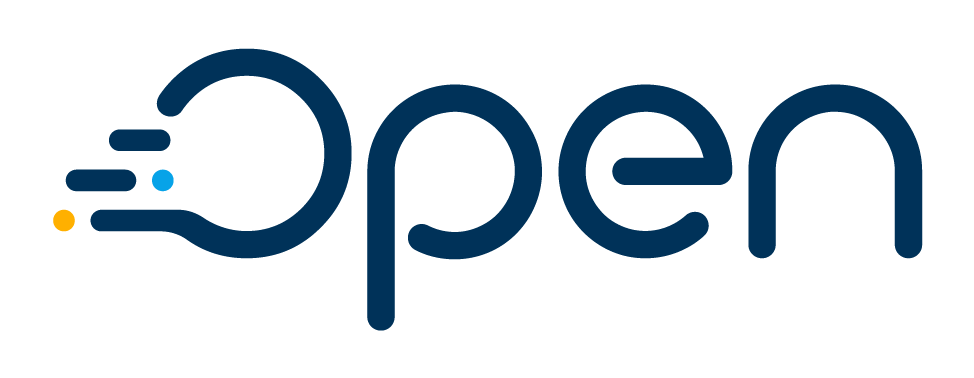INSIGHTS
Be up to date with our most relevant posts and articles in a single place
- Infographics
See how utilities can deliver AI wins now while modernizing CIS in parallel. Our Dual Innovation roadmap maps both paths low risk, faster value with Open Smartflex.
- Industry articles
Artificial intelligence (AI) offers utilities a powerful way to innovate and enhance customer value. However, operating within strict regulatory environments requires balancing immediate AI benefits with system stability. The dual innovation strategy addresses this challenge by enabling utilities to quickly implement targeted AI solutions for operational gains, while gradually modernizing legacy systems.
- News
The need to involve citizens in the care and efficient management of water resources, the growing demand for digital services, and the ongoing adaptation to regulatory changes—aimed at improving responsiveness to the challenges posed by the climate crisis—are reshaping the water business in Spain. Companies that do not accelerate their digital transformation risk losing efficiency, competitiveness, and responsiveness.
- Documents
Artificial Intelligence is no longer a futuristic concept, it's reshaping how utilities operate today.
- Industry articles
Utilities today navigate a complex landscape shaped by stringent regulations, ambitious sustainability goals, increased market competition, and growing customer expectations for personalized and efficient digital interactions. Traditional Customer Information Systems (CIS) often struggle to meet these demands due to rigid structures and limited adaptability. Smartflex is designed precisely to address these challenges by delivering a flexible, scalable, and customer-focused CIS solution.
- Industry articles
As the utility industry evolves into a more digital and smarter ecosystem, modern and cloud-based solutions have become imperative for companies to survive and thrive. To remain competitive, utilities need to ditch outdated legacy customer information systems (CIS) that restrict their ability to adapt to emerging industry requirements and meet ever-changing customer needs. Therefore, adopting modern solutions with the right components and functionalities is essential to keep pace with industry transformation, enhance operational efficiency, improve customer experiences, and drive sustainable business growth.
Transform your business with a robust and flexible platform designed for your needs, allowing you to focus on delivering essential energy, gas or water services.
Our industry experts are here to guide you on your next step to success!


